There are many different types of exercise that you can do, with lots of benefits. One of these is slow jogging or walking. This article will discuss some of the benefits of this activity, as well as some tips to make it more efficient.
Slow jogging is typically done at around a quarter mile per minute. This means that for every 30 seconds you spend running, you have one whole second to rest before you start again. The amount of time you spend resting depends on how fast you are going!
Running slower helps reduce stress- an important factor in health and wellness. It also gives your body the chance to relax and recover better after workouts. This includes muscles that were used during the run, such as your legs.
This article will talk about some of the reasons why slow jog/walking is good for you, along with some helpful tips.
Your body burns more fat
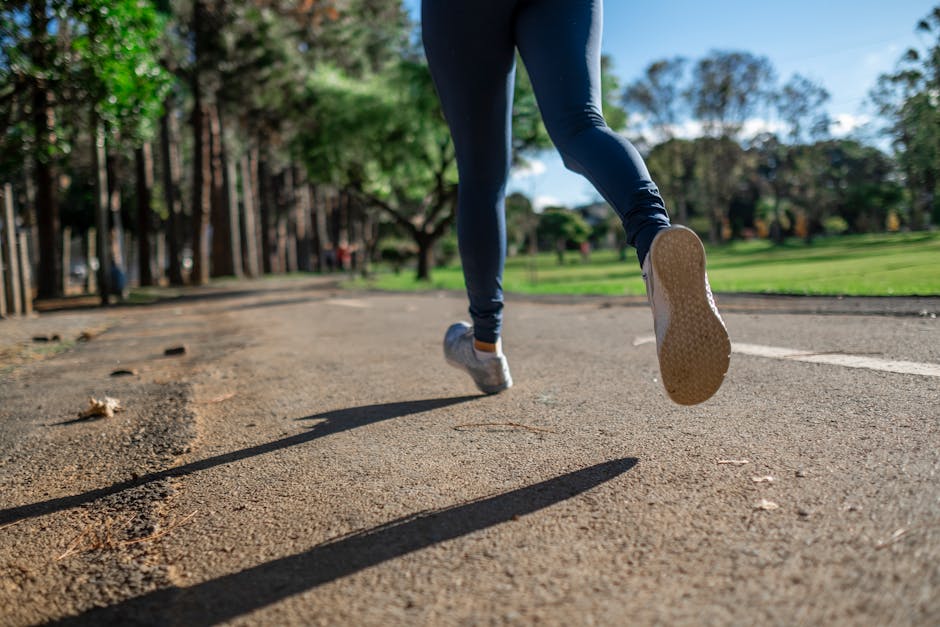
When you’re running less than half a mile per minute, your muscles have to work harder to keep you moving. Because our bodies get most of their energy from glucose (carbs), they need to find an efficient source of fuel to function.
As we noted before, your heart and blood are one major source of glucose for your muscle cells. So as you exercise, your muscles turn to your bloodstream for quick bursts of sugar to use for functioning.
Your blood is also full of hormones that help regulate moods and emotions, so having enough glucose allows them to do their jobs properly.
Running slows down naturally as your feet get tired and drag along the ground, but tiring yourself out too much can be counterproductive.
Greater lower body strength

One of the benefits of jogging is greater lower body strength. When you run, your feet need to be strong enough to retain their shape while also moving up and down and back and forth. Your legs must be able to contract and relax efficiently so that you can use them properly when walking or standing still.
When people think about improving their lower body strength, they usually focus on working their thighs or shins. But there are other areas of the leg that are just as important for running.
These areas include the front part of the thigh called the quadriceps, and the heel cord which helps keep the foot attached to the ankle. Working these muscles effectively will help you not only run faster, but also better maintain your form.
Heel lifting, also known as “heel-walking”, happens when the calf muscle contracts and pulls on the tendon that attaches the calcaneus (the bone in the middle of the foot) to the rest of the foot. This relieves some stress from being applied to the arch and soft tissue in the midfoot, helping prevent flatfeet — a common condition where the toes drop away from the foot because the musculature no longer functions correctly.
Another easy way to work the calves is by doing knee drops. Here, you bend the knees slightly and then push straighten them out quickly.
Greater upper body strength
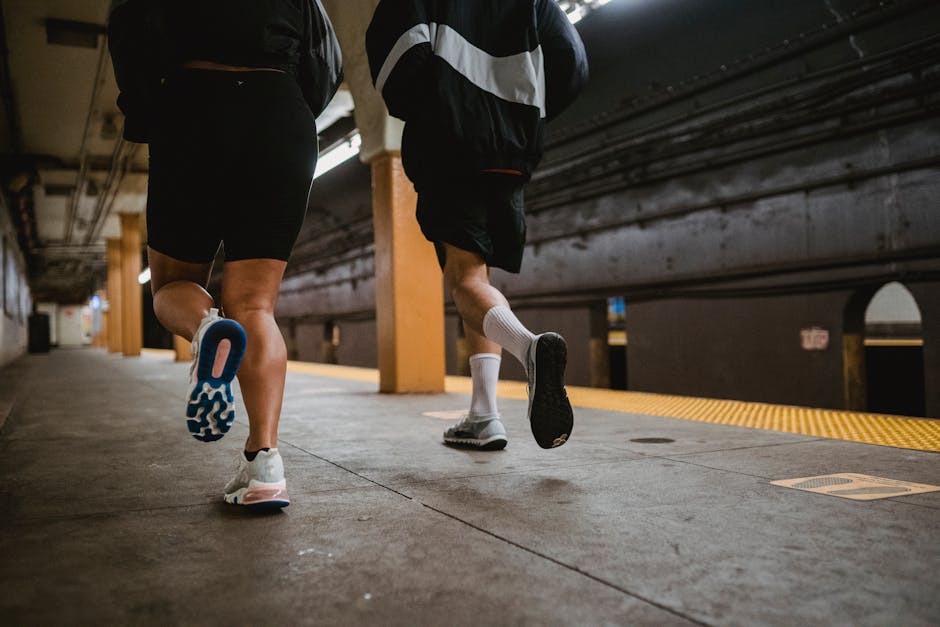
While most people can run faster, jumping is one of our greatest fitness strengths. We use jumps to propel ourselves out of bed in the morning, we jump off swings as children, and if you’ve ever seen a tall person hop or skip, that’s a good example of a jump muscle being used.
But aside from sports, there are many things your can do with your feet and legs to strengthen them. For instance, when walking up stairs, bounce a foot off each step instead of lifting it all at once.
When running, instead of taking short quick steps, try to lengthen your stride and keep your knees bent slightly. This will help prevent over-striding which can cause knee pain and damage.
Helps keep your muscles warm
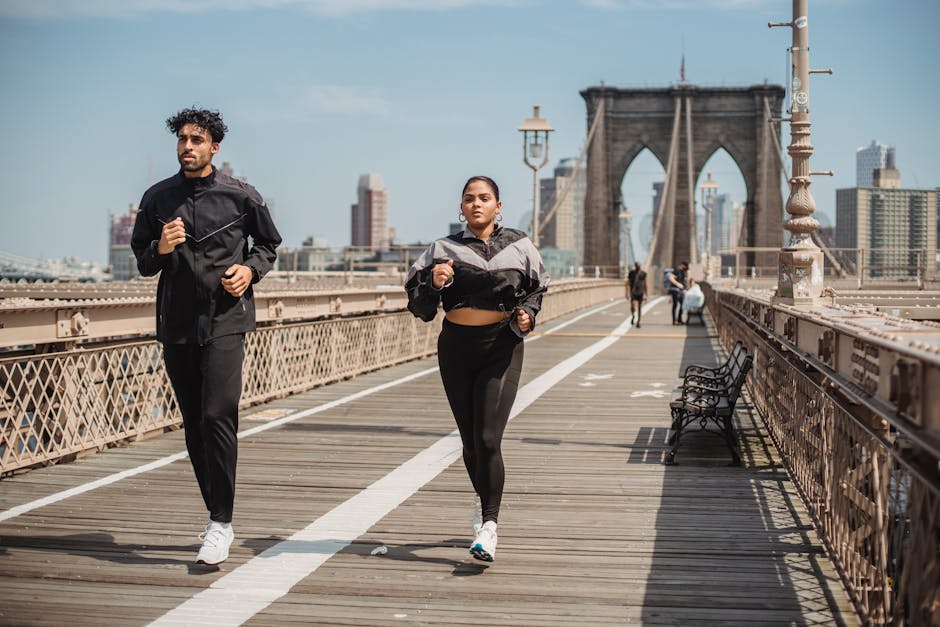
Running is one of the most popular activities people do, but some may need more guidance in how to do it properly. One of the wrong ways to run is too fast!
Running too quickly does not use your muscles very effectively. When you are running faster than your body can maintain a steady pace, it has to work harder to keep up with you. This creates an uncomfortable feeling for you because you are working so hard just to stay still!
Muscle groups like the legs, feet, pelvis, back, shoulders and arms all have different speeds at which they become tired and exhausted. Only the muscles that are used less frequently will relax and feel better.
By walking or jogging slowly, your muscles get time to recover and grow stronger. This is particularly important if you are planning to increase your speed or distance. By starting out slow, you’ll find the right tempo naturally.
Helps build stamina
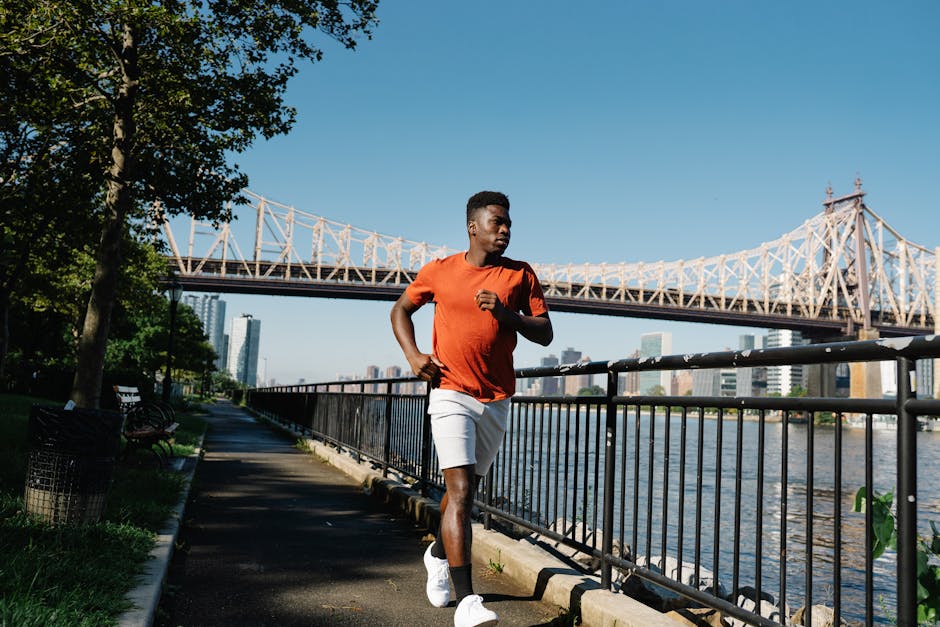
Running is one of the most popular forms of exercise. It’s cheap, you don’t need special clothing or equipment, and it’s easy to do anywhere!
But as your body gets more efficient at running, it becomes harder to motivate yourself to run.
That’s where slow jogging comes in. A slow jog is typically conducted at around 2 miles per hour – 1/10 of a normal marathon speed.
Studies show that people are just as likely to be motivated to go slower than faster. It takes longer for your muscles to get tired when you're walking slowly, so you'll feel less out of breath and spent after each minute segment.
This can facilitate keeping up your motivation to keep moving for much longer than you could if you were racing against time instead of yourself.
Can help you lose weight
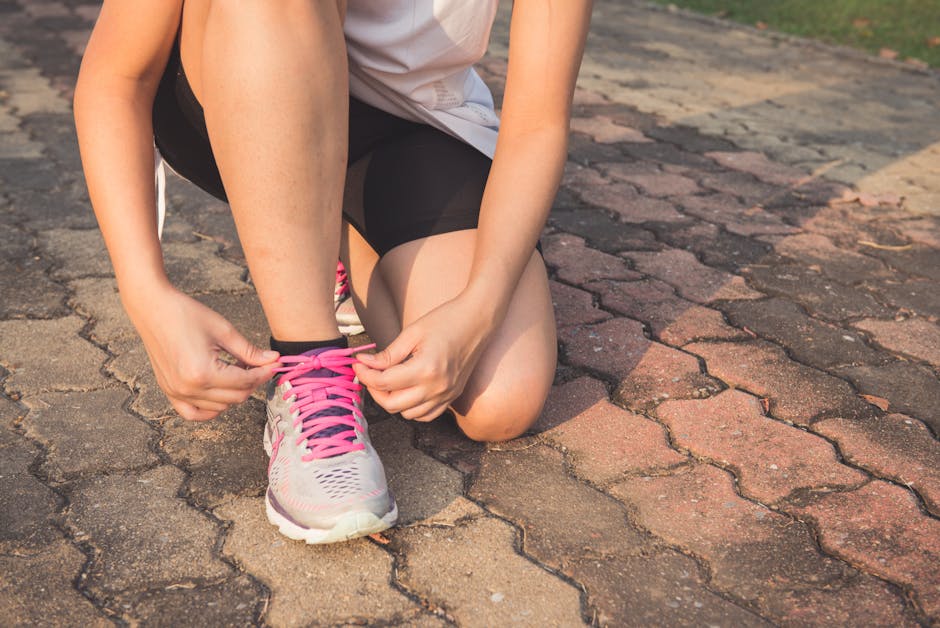
Walking is one of the most accessible forms of exercise that does not require special equipment or facilities. You can do it anywhere, at any time, and it’s typically free unless you want to spend money on good quality shoes.
Walking is a great way to get some moderate activity in your life, but many people feel too tired after their workout to make walking a habit.
That’s why there are things like slow jogging. A slow jog is usually less than half a mile long and takes around 30 minutes to an hour to complete.
There are several reasons why doing a slow jog is better than running faster
This article will discuss some of the benefits of doing a slow jog instead of a run.
Helps your health
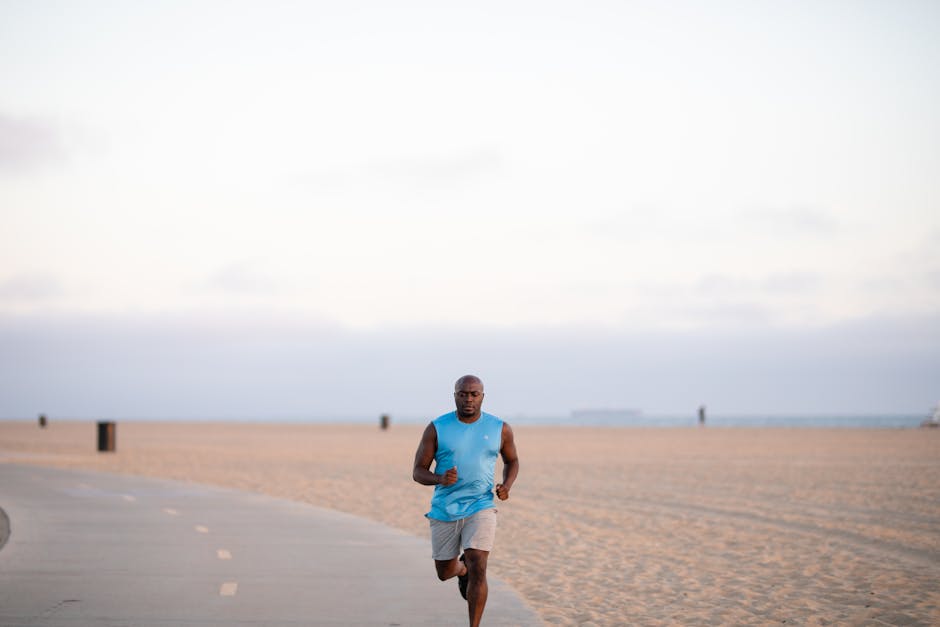
Walking is one of the most accessible forms of exercise, which means you can do it anywhere and at any time. It’s also a great way to get some extra activity in during the day!
Studies show that people who walk are more likely to be healthier than those who don’t.
Talking about benefits, slow walking can help reduce risk factors for heart disease such as high blood pressure, cholesterol and weight.
It can also aid sleep, improve mental wellbeing and strengthen muscles and bones.
Some studies have even found that adults who walked for two hours every week were less likely to develop type 2 diabetes later in life.
Experts recommend our teens start by engaging in 30 minutes of active walking each day and then working up from there.
Boosts self-confidence

Running is one of the most popular fitness activities there are! Whether you’re a novice or advanced runner, walking or running, it does not matter.
Running can boost your confidence. It is an easy activity to start doing, and you do not need special equipment to get started.
Running brings you into nature and helps reduce stress. Not only that but it is good for your heart as well!
There are many different types of slow jog workouts. You will find lots of tips and tricks here. No matter what kind of run you choose, just make sure you are comfortable before trying faster times or distances.
Slow jogs are a great way to increase your overall health and wellness.
Read More:
How Many Jumping Jacks To Burn 100 Calories
Rowing Machine Benefits Before And After

0 Comments